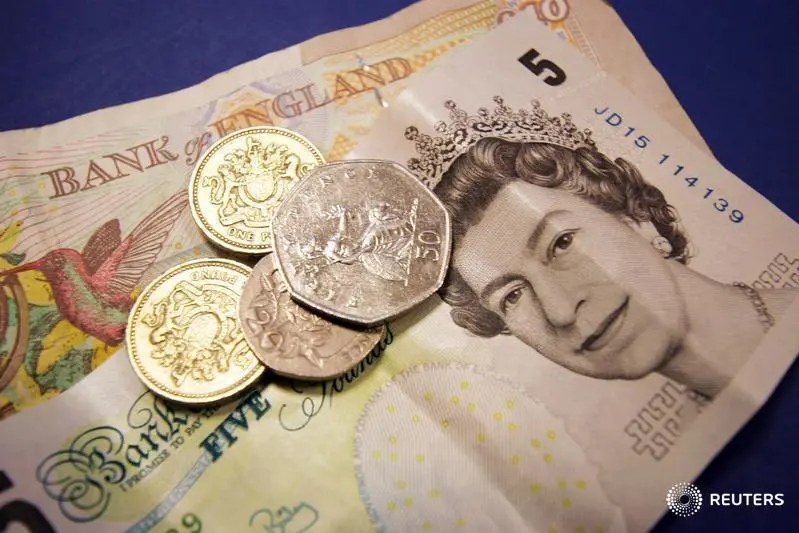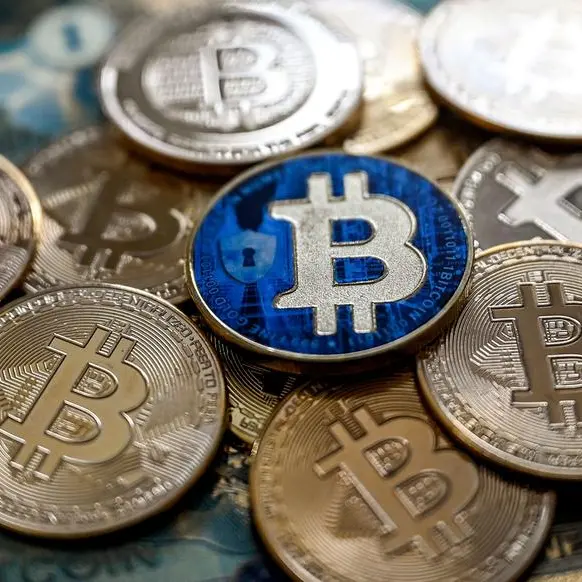PHOTO
Some British sterling money in coins and bank notes is seen September 2, 2005. Catherine Benson, Reuters
The pound was pinned around a one month low on the dollar on Friday, getting little support from data that showed Britain's economy returned to growth in August.
Sterling was last flat on the day on the dollar at $1.3069, just off the $1.3011 hit Thursday, its lowest since mid Sept.
It was also flat on the euro, at 83.70 pence to the common currency.
Economic output rose by 0.2% in monthly terms in August, according to figures from the Office for National Statistics - in line with expectations in a Reuters poll of economists - and a return to growth after two consecutive months of stagnation.
That provides some relief to finance minister Rachel Reeves ahead of the new Labour government's first budget later this month, though still shows a slowdown compared to the start of the year.
But the pound was little moved. "The data didn't change the big picture a great deal, it provides confirmation that the UK economy is slowing in the second half of this year, but that's understandable, I don't think anyone thought that the strong pace of growth in the first half of the year was sustainable," said Lee Hardman, senior FX strategist at MUFG.
"For the Bank of England, next week is much more important with the latest inflation and labour market reports due, which will be important in terms of determining the kind of messaging we get for the Bank of England ahead of their next meeting in November."
The pound for much of this year had been supported by expectations that the Bank of England will cut rates more slowly than peers such as the Federal Reserve and European Central Bank.
But this has been changing, and much of the currency's decline in the past month against the dollar has been down to shifts in those relative expectations. Markets have reduced the amount of Fed easing they expect while, in contrast, BoE governor Andrew Bailey said last week the central bank could become 'more aggressive' on rate cuts if inflation pressures continue to weaken.
U.S. CPI and jobless claims data Thursday did little, in combination, to shift market pricing for the Fed, and they continue to see two 25 bp rate cuts at each of its remaining meetings.
Markets see at least one 25 bp BoE cut across its two remaining meetings and around a 40% chance of a second.
(Reporting by Alun John; Editing by Toby Chopra)





















